Today, President Biden signed an executive order aimed at reducing the emissions from gasoline engines by 50% in 2030. Essentially, Biden is reviving the fuel efficiency standards originally put in place by President Obama which President Trump weakened. The NY Times reports that the new plan actually has two phases. The first is to raise the fleet efficiency standards substantially by 2026:
The tailpipe emissions regulations enacted by the Obama administration in 2012 required that passenger vehicles sold by automakers achieve an average of roughly 51 miles per gallon by 2025. Mr. Trump loosened the standard in 2020 to about 44 miles per gallon by 2026.
Administration officials said the new Biden standard would be 52 miles per gallon by 2026, calling it “the most stringent federal greenhouse gas standards in U.S. history.”
That sounds pretty steep but phase 2 of this plan is intended to force manufacturers to phase out the internal combustion engine completely:
The Biden administration then plans another set of tougher emissions regulations for vehicles produced beyond 2026. It is those rules that Mr. Biden hopes will essentially propel automakers to phase out the internal combustion engine. Since that second set of rules could be technically complex and legally ambitious, administration officials decided to first quickly reinstate the Obama regulations to cut some emissions while federal staff members take on the challenge of crafting the future rule.
The structure of the NY Times story is interesting in that the first portion is all about Biden’s dramatic actions to phase out the internal combustion engine but then we learn those actions haven’t really started yet. In fact, as soon as the story mentions the post-2026 rules which don’t exist yet, it cites several warnings that what Biden is trying to do may not work. Former E.P.A. engineer Jeff Alson told the Times, “Depending on how they write it, that second rule will either put us on a pathway toward widespread use of E.V.s by later this decade — or it won’t.” Alson added, “Forcing that kind of change will not be easy for federal agencies and politicians to do unless they have the support of the public and the automakers.”
For now the automakers are on board. Why? Because Biden has promised them billions of dollars to build a charging network and to pour into more battery research. They are happy to take real money right now in exchange for promises that they may never have to deliver on later. Will Biden even be President in five years? What if the next president sees things differently? What if automakers don’t achieve the goals by 2026? I’m seeing enough holes in this plan to drive an electric truck through.
The story wraps up with some quotes from an environmental activists who is very skeptical any of this will happen, not because he doesn’t trust Biden but because he doesn’t trust the automakers.
“Today’s proposal relies on unenforceable voluntary commitments from unreliable carmakers to make up to 50 percent of their fleets electric by 2030,” said Dan Becker, director of the Safe Climate Transport Campaign at the Center for Biological Diversity.
“Voluntary pledges by auto companies make a New Year’s weight-loss resolution look like a legally binding contract,” he said…
I think Becker is on to something. In five years, we’ll probably reevaluate Biden’s plan and realize we can’t possible achieve these goals. But by that point no one will care that this was always pretty far-fetched. All that matters is that Biden took bold action.
Finally, there’s one more mystery about today’s announcement that the NY Times never mentions. Why wasn’t Tesla invited to the announcement? Yesterday, Elon Musk was wondering the same thing:
Yeah, seems odd that Tesla wasn’t invited
— Elon Musk (@elonmusk) August 5, 2021
Ford, General Motors and Stellaris (Fiat-Chrysler and Peugeot) were all present but Tesla was not, despite being the world’s largest maker of electric cars. CNN suggests a possible explanation:
One potential reason for the apparent snub: The United Auto Workers union will also be at the ceremony. The UAW represents workers at GM, Ford and Stellantis, but has been battling, so far unsuccessfully, to organize Tesla workers at the EV maker’s plant in Fremont, California.
White House Press Secretary Jen Psaki was asked about Tesla’s absence at her briefing Thursday ahead of the event…
Asked if Tesla being a nonunion company was the reason it wasn’t included Thursday, Psaki replied, “Well, these are the three largest employers of the United Auto Workers, so I’ll let you draw your own conclusions.”
So there you go. The never-ending power of trade unions is something the White House wanted to emphasize in this bit of wish-casting. Here’s President Biden announcing the union-backed policy equivalent of vaporware.
President Biden: "Today, I'm signing an executive order setting out a target of 50% of all passenger vehicles sold by 2030 will be electric." https://t.co/uyLtYs0fmc pic.twitter.com/wsgNUVYr5l
— The Hill (@thehill) August 5, 2021
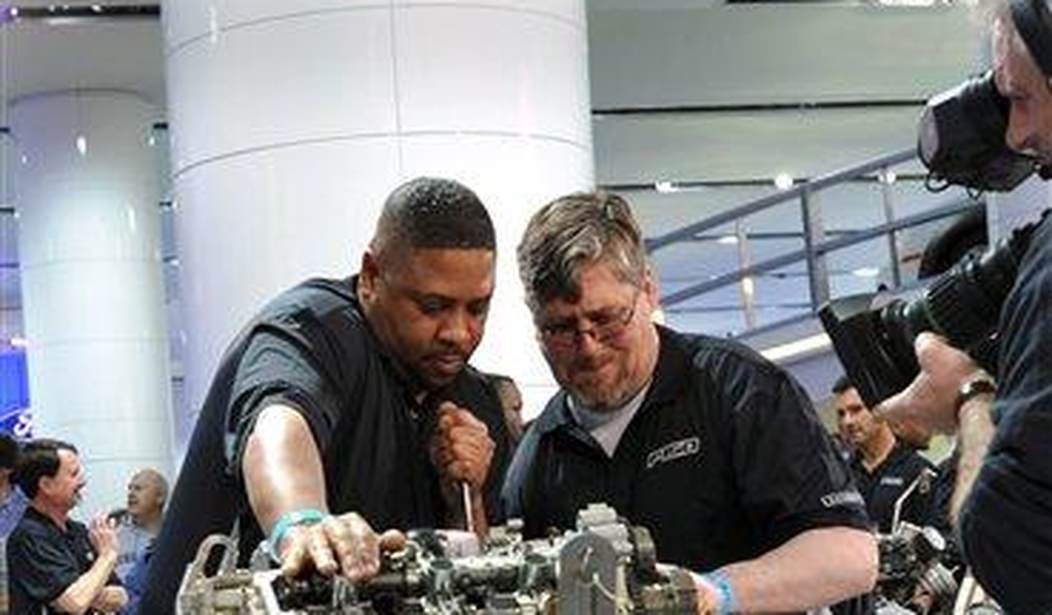
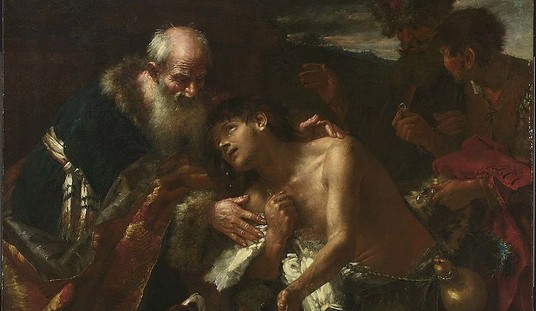


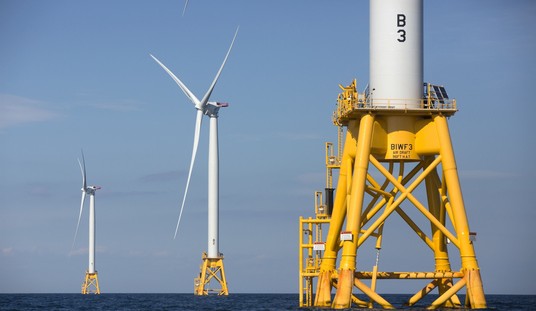
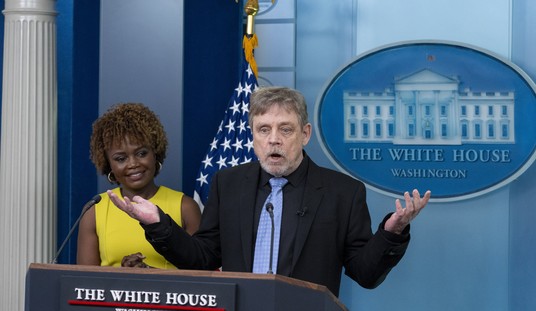
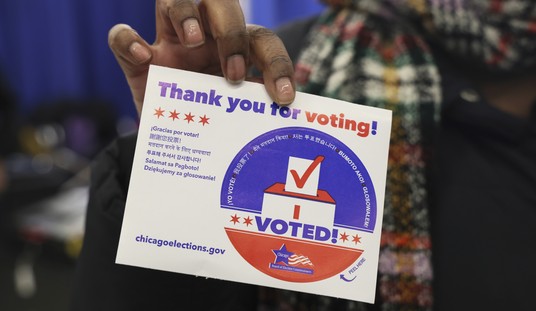
Join the conversation as a VIP Member